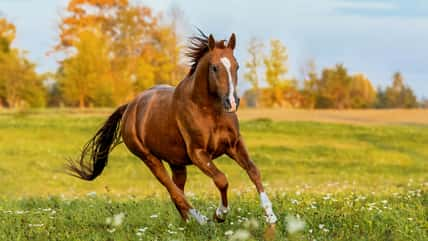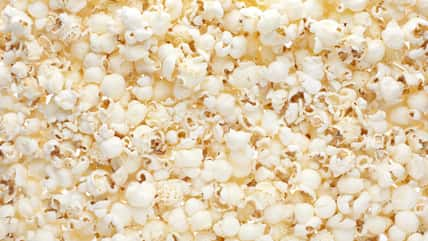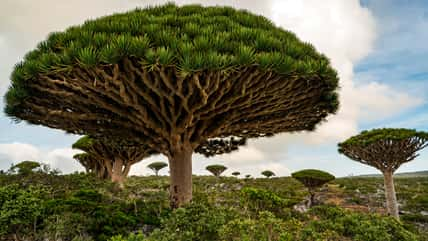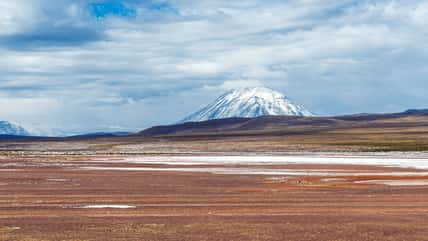How A Bag Of Cheetos Had An Enormously Negative Impact On This National Park

Inside the huge cavern at Carlsbad Caverns National Park in New Mexico, visitors are only allowed to consume plain water.
However, a recent park visitor dropped an open bag of Cheetos, wreaking havoc on the cave’s ecosystem.
Now, the park is warning visitors to be mindful of their surroundings and their impact on the environment, as well as reminding them to dispose of waste properly.
“At the scale of human perspective, a spilled snack bag may seem trivial, but to the life of the cave, it can be world changing,” the park wrote in a Facebook post published on September 6, 2024.
The Cheetos bag was discarded off the trail in the Big Room, the most popular attraction at the park. It is the largest cave chamber by volume in the United States, measuring about 4,000 feet long, 625 feet wide, and 255 feet tall at its highest point.
Cave ecosystems, like the ones in Carlsbad Caverns, are extremely sensitive to contamination. So, even something as small as a single snack bag can create chaos. The damp environment of the cave allowed microorganisms to thrive in the bag.
The food attracted cave insects and other creatures. Eventually, the Cheetos became moldy, and the moldy residue spread to other parts of the cave, resulting in an ecological crisis. Park staff had to clean up the mold to prevent it from spreading further.
“The processed corn, softened by the humidity of the cave, formed the perfect environment to host microbial life and fungi,” the park explained.
“Cave crickets, mites, spiders, and flies soon organize into a temporary food web, dispersing the nutrients to the surrounding cave and formations. Molds spread higher up the nearby surfaces, fruit, die, and stink. And the cycle continues.”
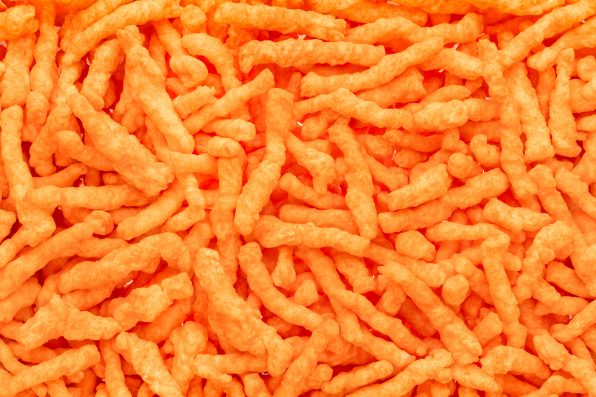
Robert Blakley – stock.adobe.com – illustrative purposes only
The Cheetos residue had also led to the spread of foreign microbes. Some members of the ecosystem that emerged from the snack lived in the cave. However, many of the microbial life and molds were not cave-dwellers.
The park noted that the situation had been “completely avoidable.” Other forms of human contamination in the cave include the fine trails of dust or lint that each visitor leaves behind.
This is hard to prevent, but visitors can make smarter choices about the items they bring and leave in the cave.
“Great or small, we all leave an impact wherever we go. Let us all leave the world a better place than we found it,” the post read.
According to the park’s website, eating or drinking anything aside from plain water can attract animals into the cavern. But, many parkgoers leave behind waste every day that rangers have to pick up.
“Sometimes, this can be a gum wrapper or a tissue; other times, it can unfortunately mean human waste, spit, or chewing tobacco.”
Sign up for Chip Chick’s newsletter and get stories like this delivered to your inbox.
More About:News

